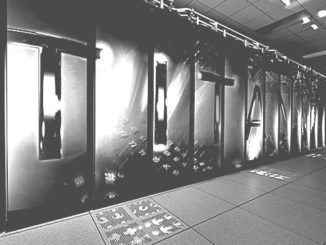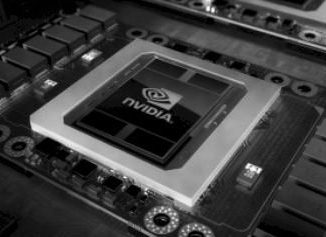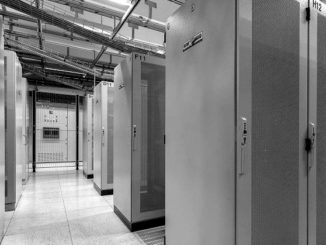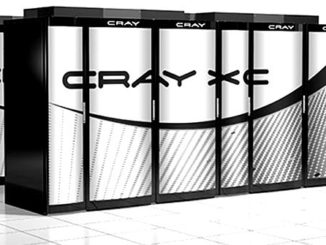
Neuromorphic, Quantum, Supercomputing Mesh for Deep Learning
It is difficult to shed a tear for Moore’s Law when there are so many interesting architectural distractions on the systems horizon. …

It is difficult to shed a tear for Moore’s Law when there are so many interesting architectural distractions on the systems horizon. …

It is one thing to scale a neural network on a single GPU or even a single system with four or eight GPUs. …

Like other major hyperscale web companies, China’s Tencent, which operates a massive network of ad, social, business, and media platforms, is increasingly reliant on two trends to keep pace. …

Continued exponential growth of digital data of images, videos, and speech from sources such as social media and the internet-of-things is driving the need for analytics to make that data understandable and actionable. …

As a thought exercise, let’s consider neural networks as massive graphs and begin considering the CPU as a passive slave to some higher order processor—one that can sling itself across multiple points on an ever-expanding network of connections feeding into itself, training, inferencing, and splitting off into multiple models on the same architecture. …

Processor makers are pushing down the precision for a range of new and forthcoming devices, driven by a need that balances accuracy with energy-efficient performance for an emerging set of workloads. …

The need for speed to process neural networks is far less a matter of processor capabilities and much more a function of memory bandwidth. …

Five years ago, many bleeding edge IT shops had either implemented a Hadoop cluster for production use or at least had a cluster set aside to explore the mysteries of MapReduce and the HDFS storage system. …

Like all hardware device makers eager to meet the newest market opportunity, Intel is placing multiple bets on the future of machine learning hardware. …

It is hard to tell which part of the systems market is lumpier – that for traditional HPC systems like supercomputers or that for massive cluster deployments for the hyperscalers that run public clouds and public facing applications on a massive scale. …
All Content Copyright The Next Platform